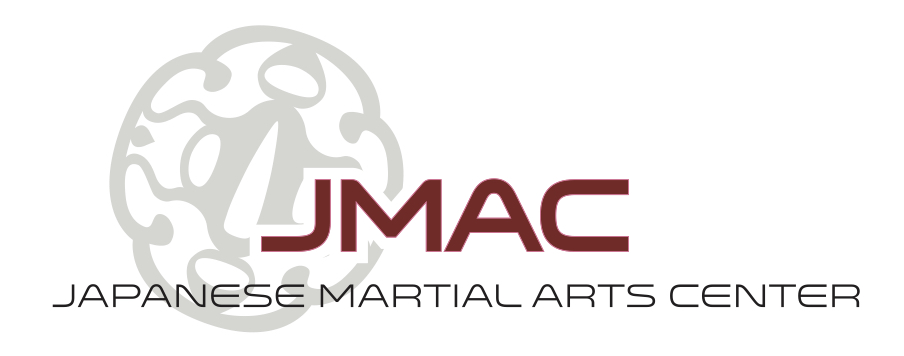At the Japanese Martial Arts Center, testing for rank is done by invitation. The instructors invite students to test when they have reached a sufficient level of mastery of the techniques for their rank. This is probably unlike your experience at the University of Michigan or at Pioneer High School! You might wonder what some of the requirements are when you are being considered for testing at the dojo. Although this list is not exhaustive, some of the aspects evaluated by the instructors are: time in training, ability to recall and execute the checkpoints, balance, speed, power, poise, attitude, improvement, and dedication.
Time in Training: virtually every Japanese martial art has a required amount of time that must be spent at each rank. One reason for this is that there is much more to an art than simply being able to reproduce the techniques. By requiring a minimum time in rank, it is hoped that students will not only internalize the physical lessons, but will also reflect on their struggles and deepen their characters as a result, regardless whether they are training in judo, aikido, or kendo.
Ability to recall and execute the checkpoints: each technique has identifying characteristics such as hand placement, hip placement, posture, etc. A student much be able to remember the checkpoints communicated by the instructor, and, to a greater or lesser extent depending on rank, be able to execute them.
Balance: physical balance is a part of every martial art. A student much be able to demonstrate balance to an extent commensurate with his or her rank.
Speed: in judo, a throw must be done quickly in randori. In iaido, the major cut in each form must be done quickly. Wherever a technique requires speed, a student must be able to demonstrate speed commensurate with rank. Wherever a technique requires slowness, a student must demonstrate accordingly.
Power: a big part of martial arts is the development of physical power, whether in a punch, a throw, or a downward cut. A student is expected to show gradually more power as he or she spends time practicing the art. Although a white belt is expected to demonstrate some power when submitting to his first test, a student testing for shodan is expected to demonstrate a great deal more power.
Poise: students of the martial arts are supposed to be developing their characters as well as their bodies. We expect students to show gradually more poise as they advance through the ranks. This is expressed by being less excitable, less prone to shock or surprise, and more calm during difficult experiences, such as testing for rank or personal difficulties.
Attitude: whoever said "attitude is everything" could have been speaking about the martial arts. A gung ho student is a delight to teach, whereas a student who seems to be reluctant to train or to listen to a teacher's advice can be trying. We strive for an attitude of joyful intensity during practice, a willingness to immediately accept a sensei's advice without demurrer or explanation, and a willingness to really try to understand the principles that underlie the techniques and to put them into practice.
Improvement: everyone is born with a different amount of talent. Accordingly, some have to work much harder to improve than others. Where a student is not gifted with an innate ability to learn and perform martial arts techniques, we look for the amount of improvement they demonstrate over time. If a student who is uncoordinated and works hard makes a satisfactory amount of progress, that student might be promoted to the same rank as one who has more talent but who works less hard.
Dedication: this could include showing up regularly to practice, enthusiastic participation in class, contributing to dojo events, showing up despite a busy schedule or a minor injury, helping with cleaning the dojo, helping other students learn, or recommending the dojo to others. All these sorts of behaviors help to show that a student is happy to be part of the dojo and will reflect well on the dojo at a higher rank.
The Japanese Martial Arts Center would like to thank the many Ann Arbor businesses that support this blog, both martial arts-related and others, including: Network Services Group, Art of Japanese Swordsmanship, Shudokan Martial Arts Association, Budo Mind and Body, Art of Judo, Iaido Dot Com, Lorandos and Associates, Oxford Companies, Bluestone Realty Advisors, Portfolio Ann Arbor, Invest Ann Arbor, the Law Office of Nicklaus Suino and the ITAMA Dojo.

No comments:
Post a Comment